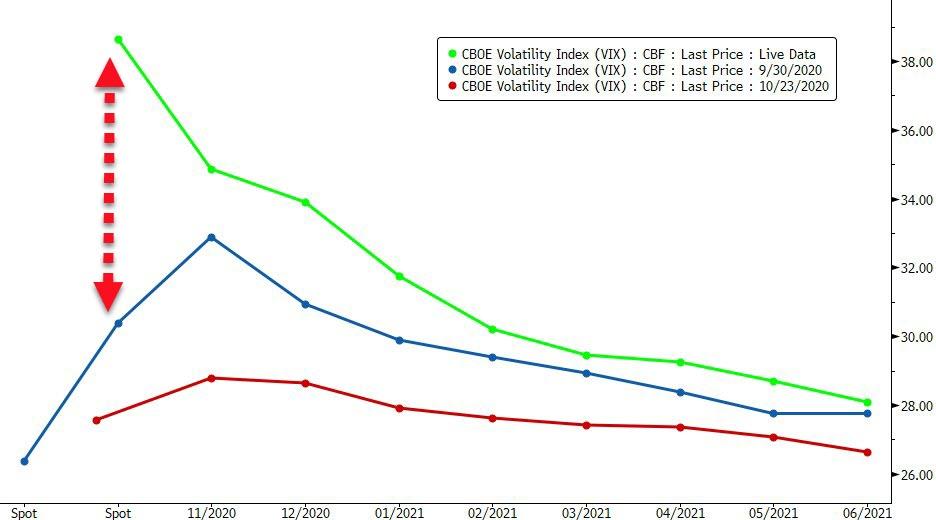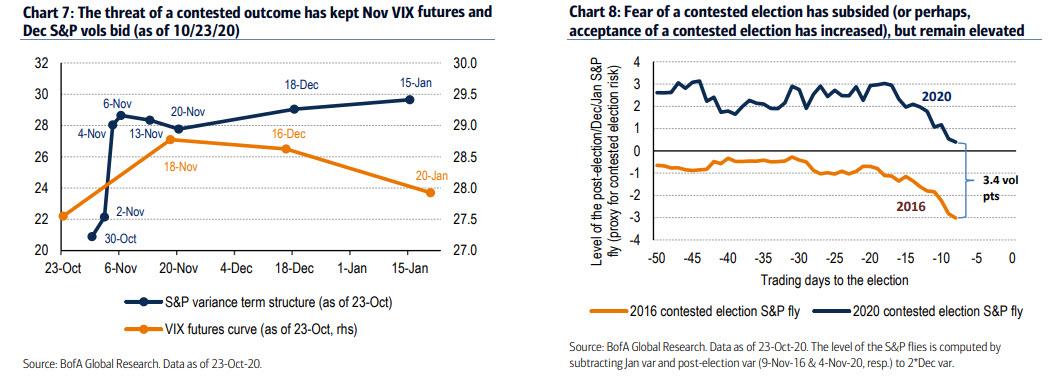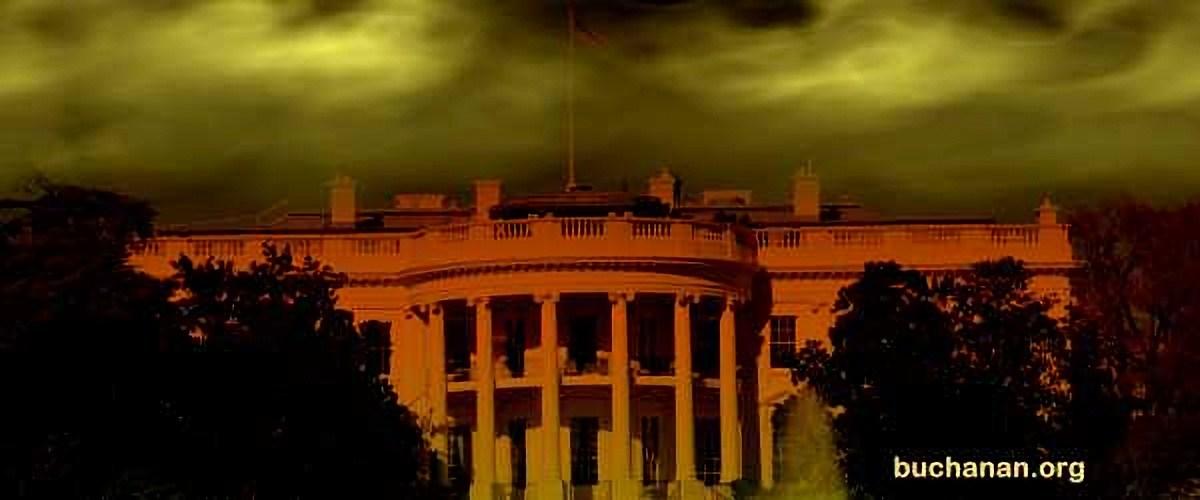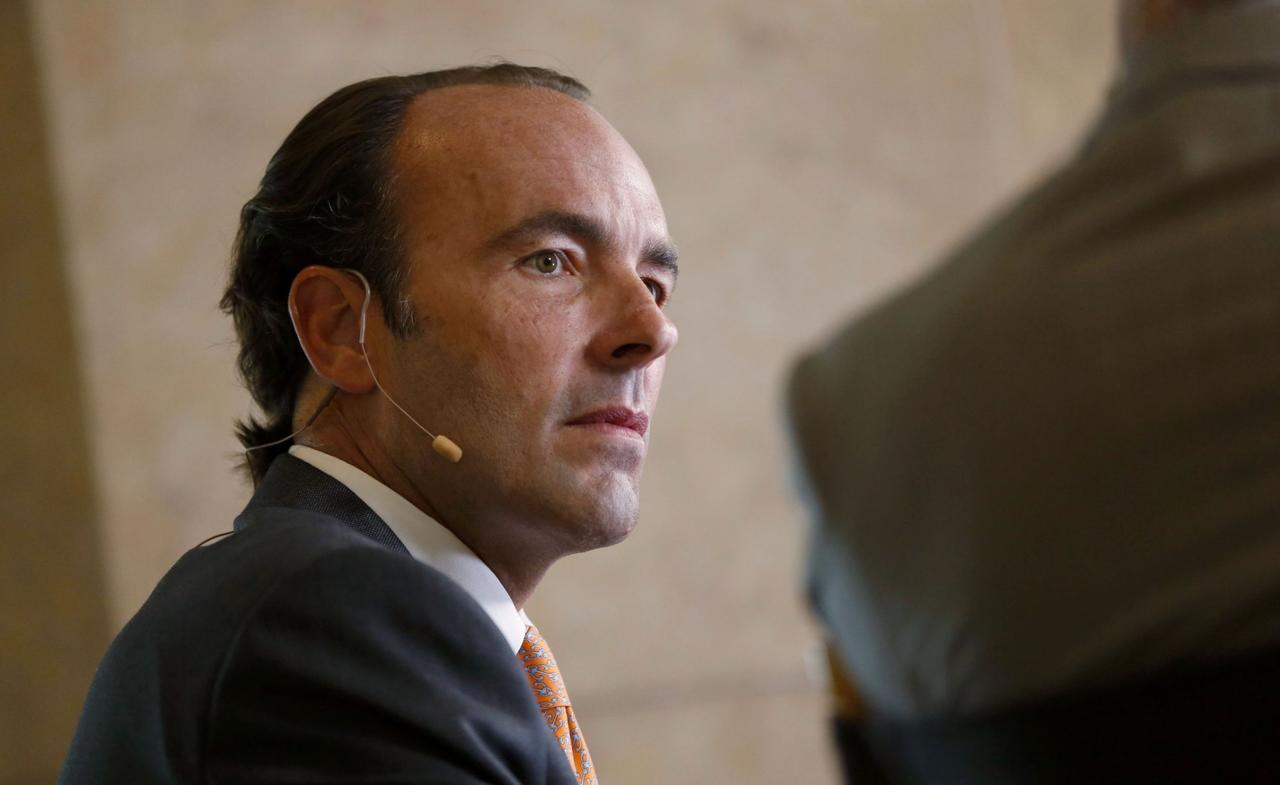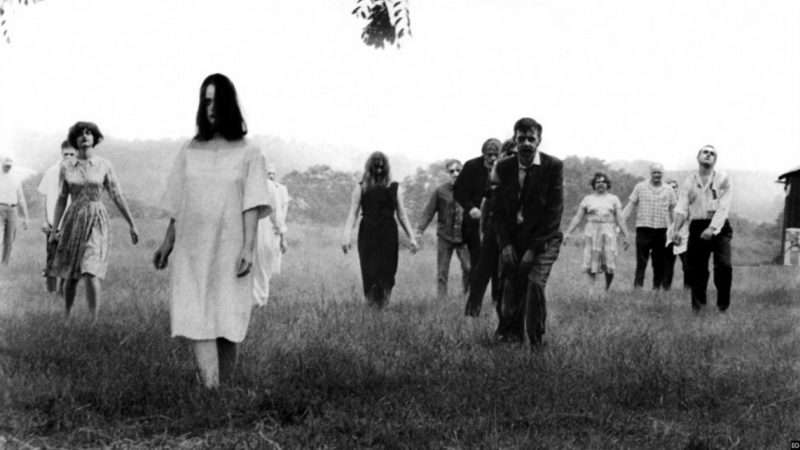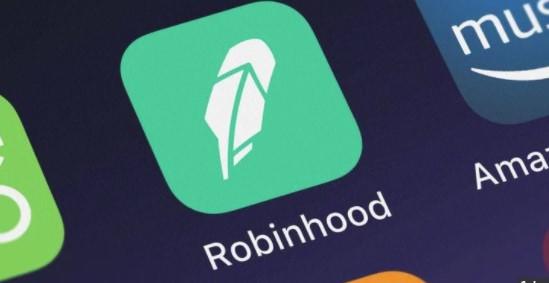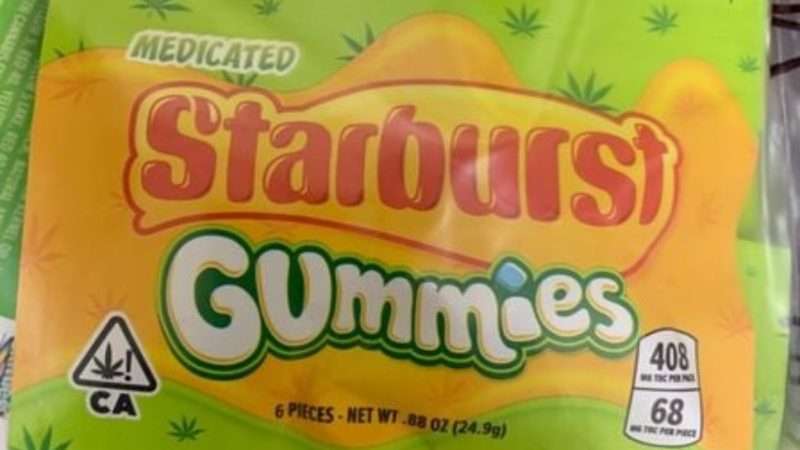For many reasons, I don’t use the Bluebook. I have not opened a copy since I finished clerking. I try my best to put citations into a format that would allow the reader to locate the source. Beyond that bare minimum, I really don’t care whether a period is italicized. I let my research assistants use their best discretion to revise my footnotes. And, ultimately, the journals will put me through citation hell.
Would anyone defend the Bluebook as a matter of first principles? If we were writing on a blank slate, would anyone come up with every jot and tittle in the 21st Edition of the Bluebook? Like certain precedents, the Bluebook can only be defended based on principles of stare decisis and reliance interests. In Artis v. D.C., Justice Goruch observed, “Chesterton reminds us not to clear away a fence just because we cannot see its point. Even if a fence doesn’t seem to have a reason, sometimes all that means is we need to look more carefully for the reason it was built in the first place.” Sorry, G.K. Tear down this blue-painted fence.
Paradoxically, for most journals, style matters more than substance. Journals will seldom force authors to make substantive changes. Sure, editors will grouse about how the author presents arguments. But ultimately, they will relent if the author pushes back hard enough. (Don’t be afraid of standing firm; editors turn over every year and institutional memories are short).
For “style” changes, however, journals are uncompromising. They will resist even the slightest deviations from the Bluebook and local style guides. Want to add a Table of Contents or an Abstract (the only parts of an article most people will ever read)? Good luck if the style guide prohibits it. Object to so-called Harvard citations, where a single sentence has two footnotes to the same case? Sorry, you’re stuck. Want to upload a PDF for a document on ECF, so that readers do not have to pay a fee? You’ll need to fight the editors, because the bluebook does not sanction such a helpful link. And so on.
At bottom, style guides and citation manuals are systems of control. They provide very little value, and exist to perpetuate rigid rules of how information is conveyed. These regimes are not substantive in nature. Yet, these rule restrict what substance can be published.
This background brings me to Will Baude and Steve Sach’s post. They write:
According to reports we’ve received from multiple sources, a new version of the BlueBook, not yet released, may require legal scholars to flag any cases whose facts involve slavery. The new Rule 10.7.1 (explanatory phrases and weight of authority) would provide that citations to these cases must add a parenthetical disclaimer like “(enslaved party)” or “(enslaved person at issue).”
I have not heard of this proposal, but I trust Will and Steve’s reports. They are very much tuned into legal scholarship, and routinely publish in top law reviews.
I think the upshot of this regime is that scholars will simply stop citing articles with a (slavery) parenthetical. Given today’s culture, why would any professor willingly litter his or her footnote with the mark of original sin? Asking a research assistant to shepardize a (slavery) case could itself be a traumatic act. And this outcome will not be limited to legal scholarship. Progressive law clerks can now insist that judges should stop citing (slavery) cases. (Recently, a Massachusetts court refused to use the word “grandfatherig,” even though the term predated its Jim Crow usage). And junior associates will refuse to embrace (slavery) cases. Partners will have to given in.
With this subtle procedural change, the Crits will quietly accomplish a long term goal. In fairly short order, entire swaths of jurisprudence will be cancelled. And this erasure will be indiscriminate. Benign cases with even the slightest connection to slavery will be lumped together with dreadful cases like Dred Scott.
And do not think this sort of cancellation will be limited to slavery. What about decisions that restricted the rights of indigenous people? Of women? Of immigrants? And so on. Scholars, and ultimately courts, will soon feel constrained over what cases can be cited. The only cases that will be cited are those that pass some sort of progressive litmus test.
To be on the safe side, scholars should not cite any authority before 1865. Yes, that era includes the Constitution. Would every citation to the Constitution have to include a parenthetical: (treating slaves as 3/5 of person, approving return of runaway slave, and sanctioning slave trade). And don’t forget about the Declaration: (affirming that all men are created equal, but the author was a notorious slaveholder).
Will and Steve suggest that law reviews may also add parentheticals to identify specific bad justices.
If the BlueBook editors want to start describing a future legal system in which morally disfavored law is flagged—perhaps citations to disfavored Amendments or disfavored Justices’ opinions (“(opinion of Taney, C.J., racist)”)—nothing can stop them.
I already started a list of Justices worthy of cancellation. I’m sure the Bluebook can add a table with handy summaries of all Supreme Court justices:
- (Marshall, C.J., slaveholder, ruled against indigenous people).
- (Harlan, J., favorable rulings towards African Americans, displayed animus towards Asian Americans).
- (Holmes, J., supported eugenics).
- (Brandeis, J., filed misogynistic brief)
- (Black, J., former Klansman, upheld Japanese internment).
- (Kennedy, J. favorable LGTB rulings but voted to uphold racist travel ban).
- (Kavanaugh, J. credibly-accused of sexual assault).
- (Barrett, J.) (anti-choice, dogma lives loudly).
- (Scalia, J., too many flaws to count).
- (Ginsburg J.) (hired only one African-American law clerk).
Woops. That last one may not make the cut.
What other changes are on the horizon? Soon enough, I suspect journals will force authors to put preferred pronouns in the author note. Additionally, if an article touches on race, the author may be required to disclose his or her race. In 2013, I blogged about the California Law Review’s decision to require authors submit their racial classifications. This mandate will spread. For example, I’ve noticed that the New York Times flags whether a person is a Black man or a Black woman (capital B). Journals will no doubt follow this lead. (Despite his surname, Josh Blackman is in fact a white man).
***
I suspect conservative students on the law reviews flagged this issue to Baude and Sachs out of desperation. The few right-of-center editors who make it through the progressive gauntlet no doubt lack the institutional support to stop these changes. The antiracism agenda is in full swing, and nothing can stop it. Dissent cannot be tolerated. And, I fear, most law professors will simply roll over and accept these new forms of control.
Scholars who try to resist these rules will fail. Editors will usually bend on substance, but are rigid on style. Conservative scholars will be forced to litter citations with virtue signaling parentheticals. Or, they can choose to stop publishing in law journals. Plus, law review editors who screen articles can easily ding a submission because it does not have the correct form of social-justice citations. This change will force authors to conform to a specific ideology, or exit the market altogether. I have that latter luxury as a tenured professor, but junior scholars will be put to a more difficult choice.
from Latest – Reason.com https://ift.tt/3kKcLNs
via IFTTT
